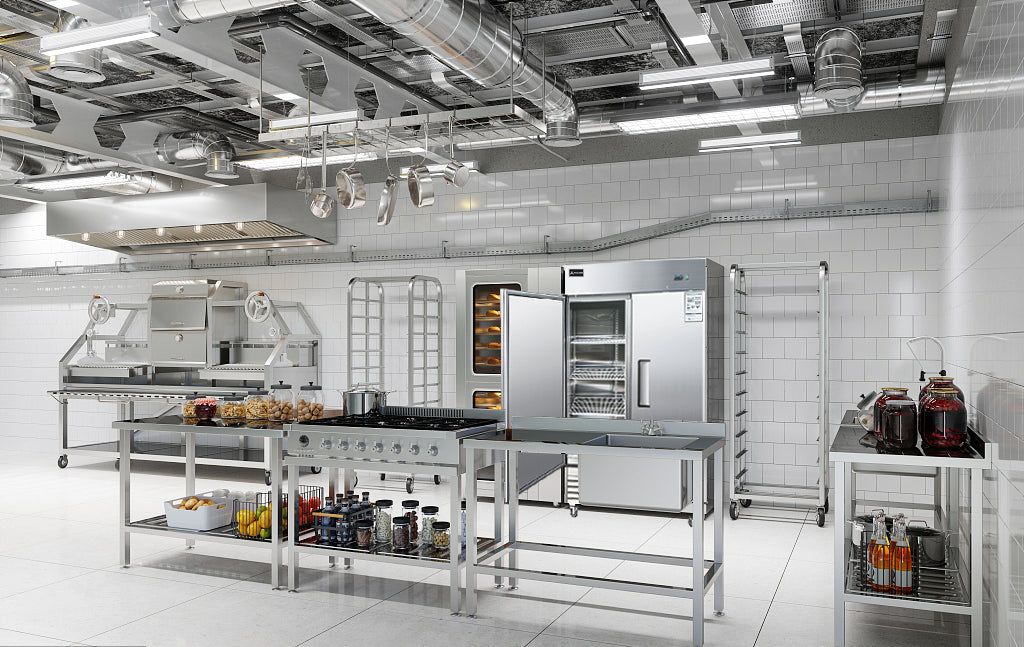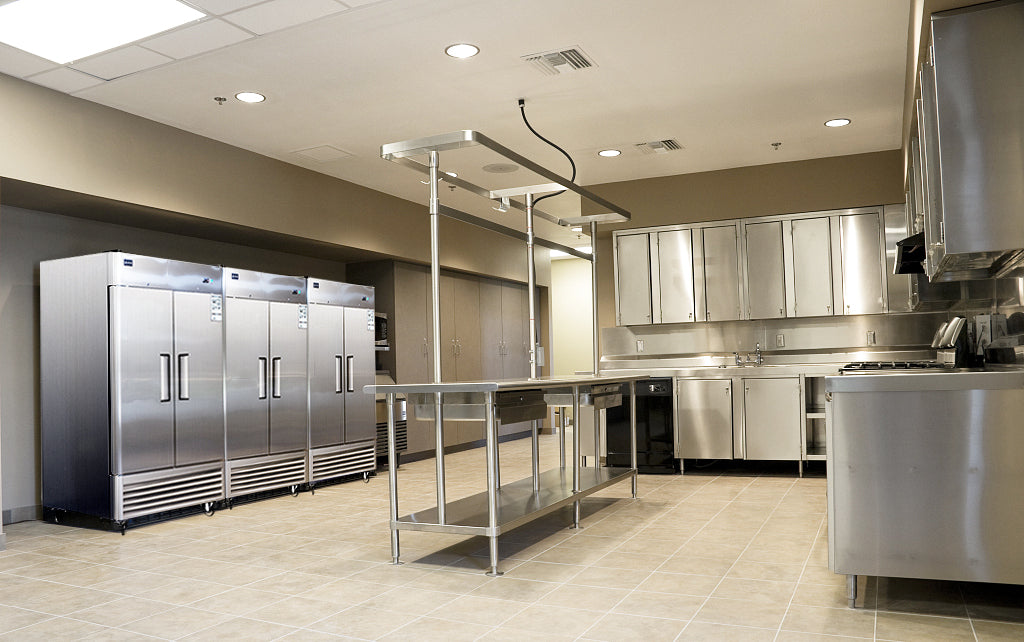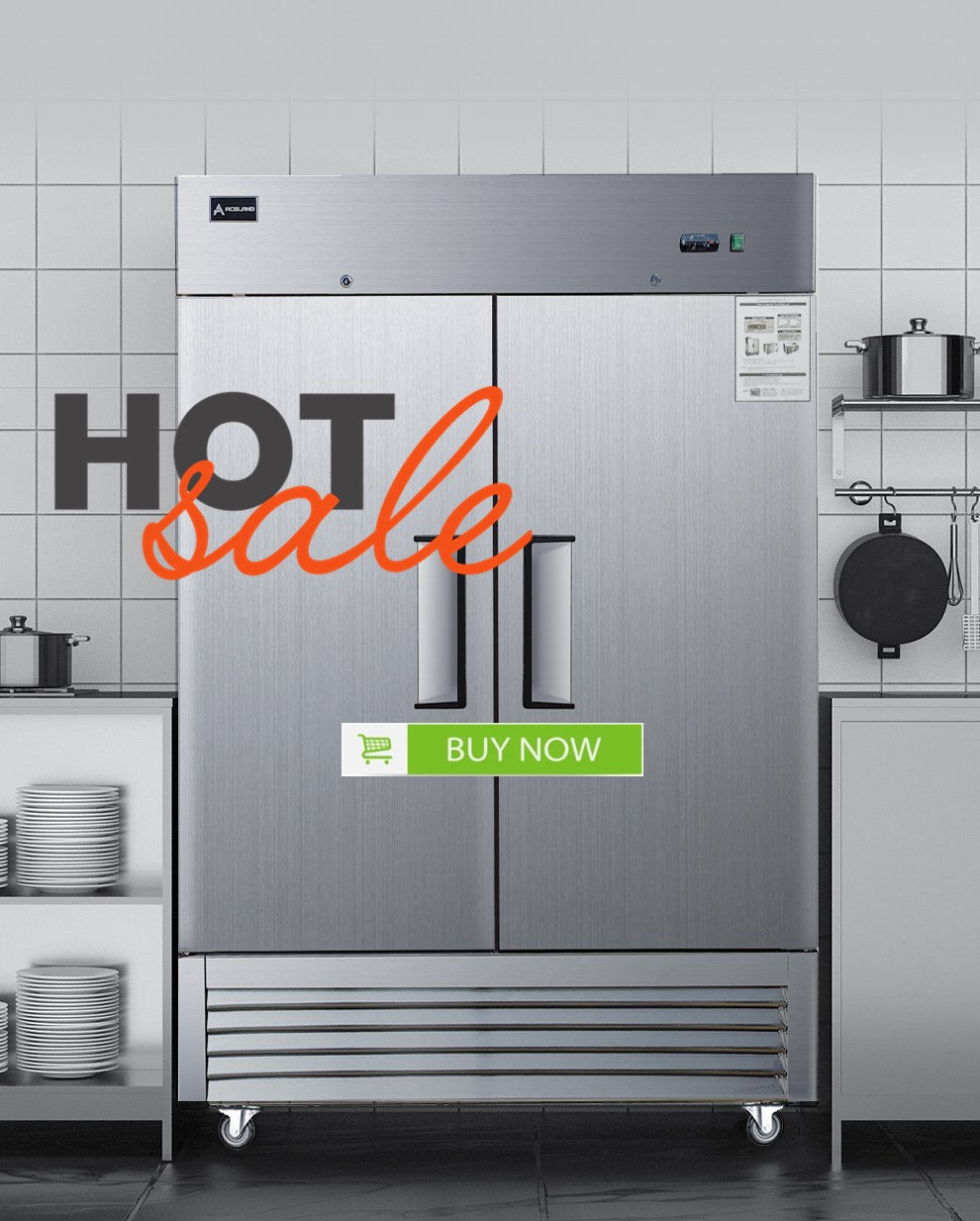Revenue Drivers for a Restaurant
Revenue Drivers for a Restaurant
A revenue driver is a direct action or variable that generates revenue for a business, and anything a business does to increase its sales can be considered a revenue driver. For restaurants, several key revenue drivers can impact the bottom line. We've listed some of the most important restaurant revenue drivers below.
- Online reputation and reviews: Customers rely on online reviews and ratings when making dining decisions. Positive reviews can attract new customers and help build a loyal customer base, while negative reviews can be detrimental to a restaurant's reputation and ultimately lead to decreased sales.
- Digital optimization: Restaurants need to ensure that their website is user-friendly, mobile-friendly, and optimized for search engines. This includes having an easy-to-navigate menu, online ordering capabilities, and an attractive design that reflects the restaurant's brand.
- Brand identity: A strong and well-established brand can differentiate a restaurant from its competitors and attract a loyal customer base. Restaurants should focus on developing a unique brand identity, including a memorable logo, consistent branding across all platforms, and a distinct personality that resonates with their target audience.
- Upselling: By training staff to upsell, restaurants can encourage customers to order additional items or upgrade their orders, ultimately increasing the average check size.
- Managing restaurant capacity: Maximizing seating capacity and optimizing table turnover can directly impact a restaurant's sales. Restaurants should carefully analyze their floor plan, seating arrangements, and reservation systems to ensure efficient use of space and minimize wait times.
- Marketing campaigns: Restaurants should utilize a mix of online and offline marketing channels to reach a wide audience and generate buzz around their establishment.
























